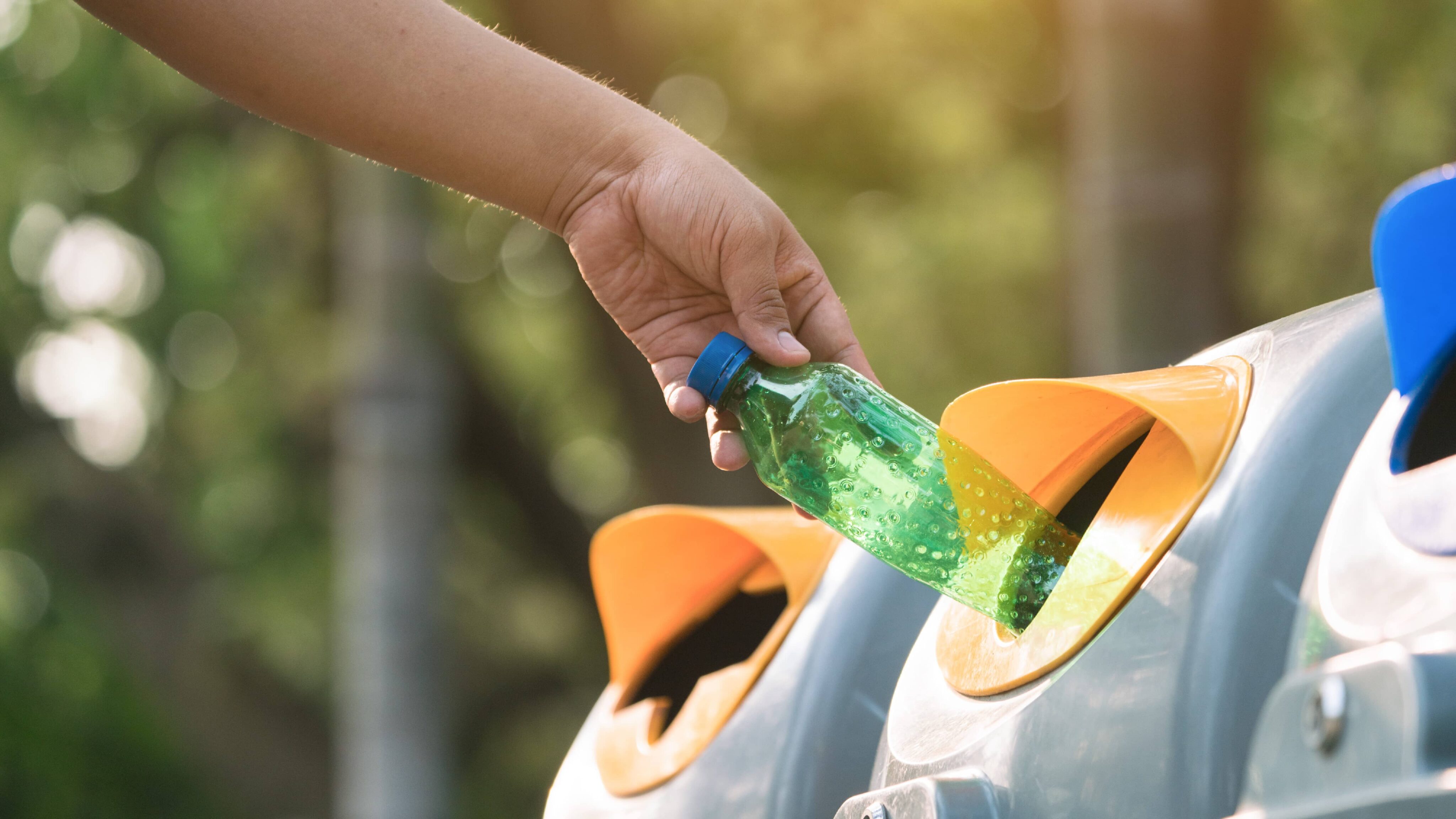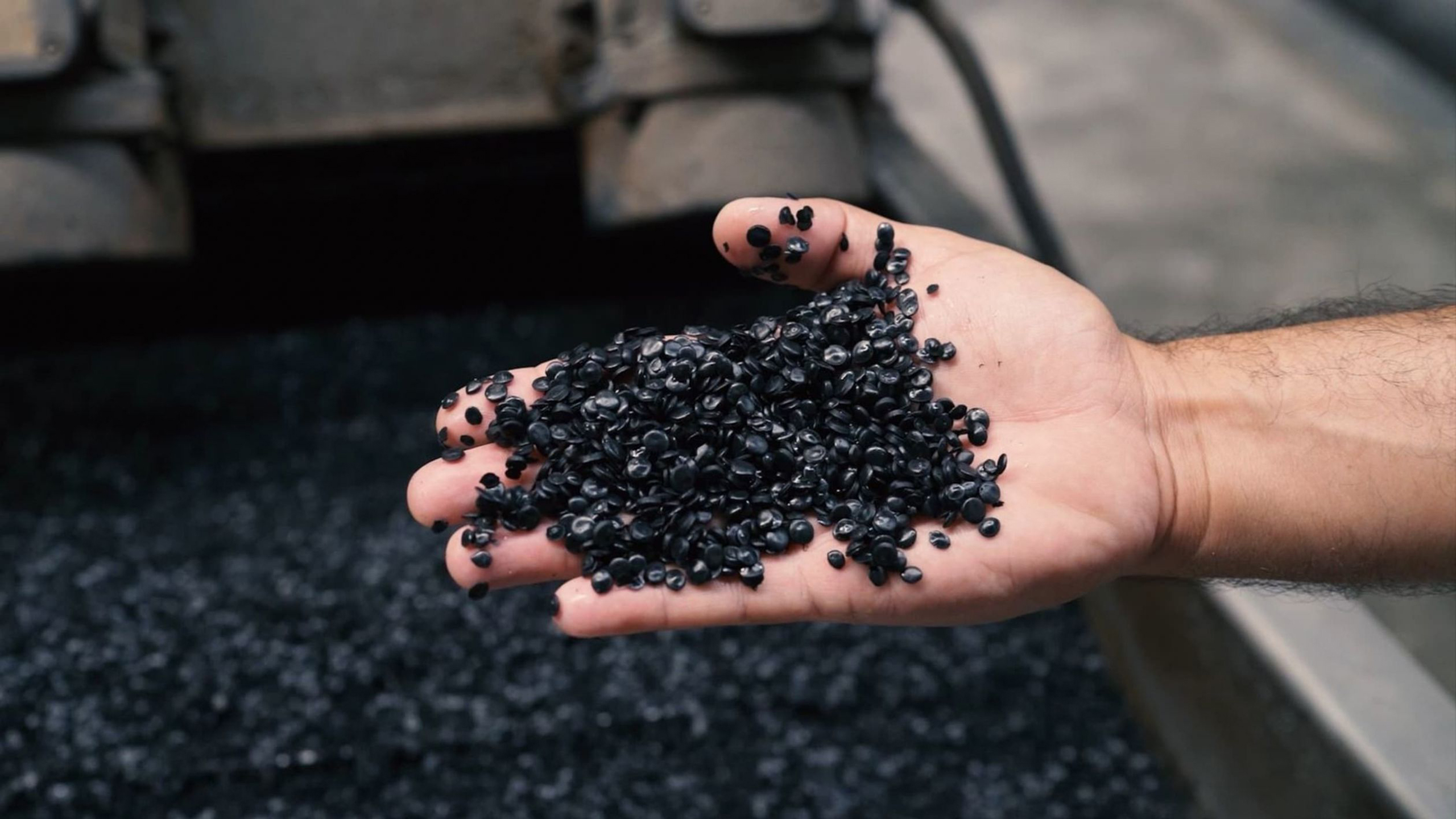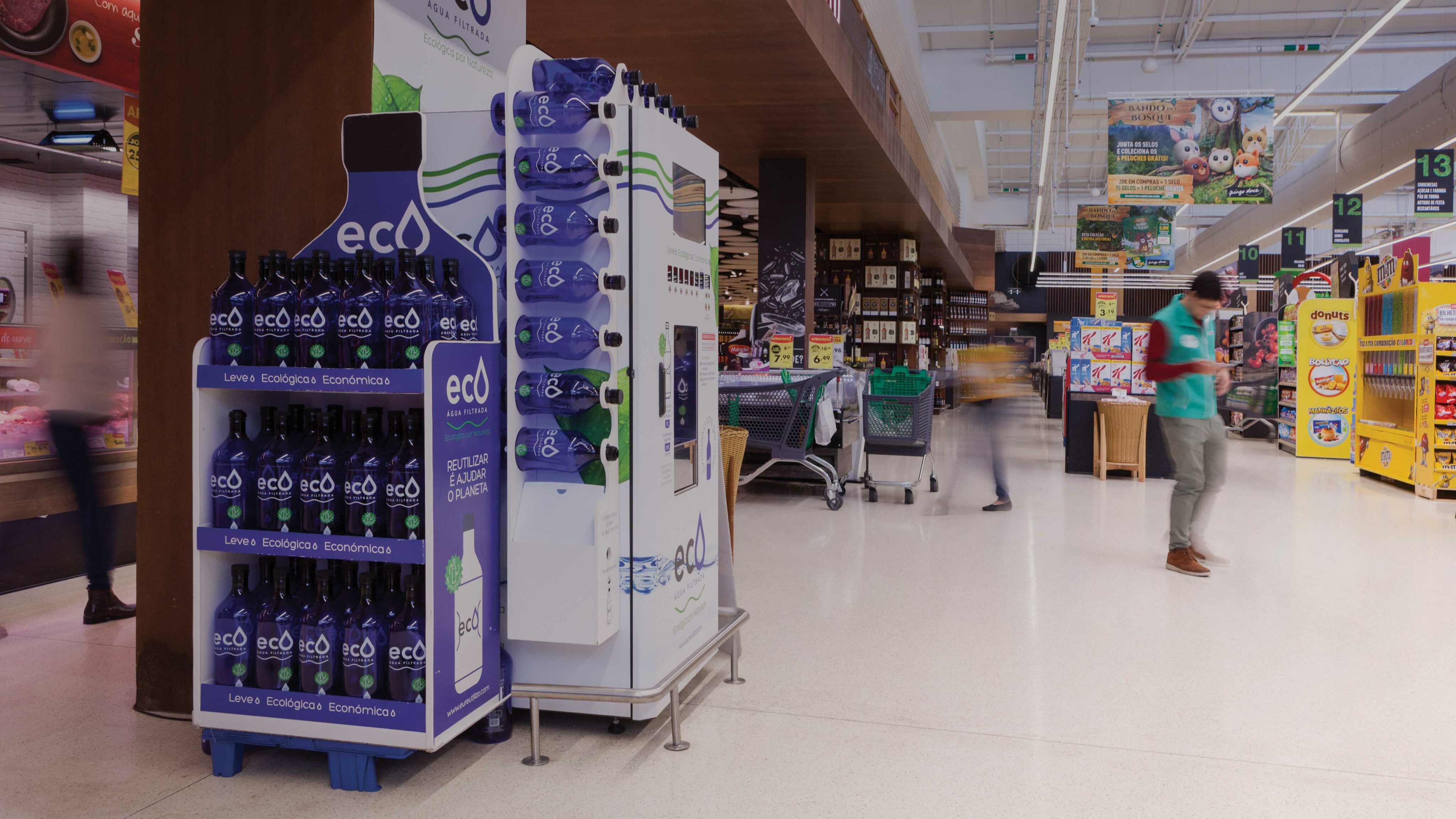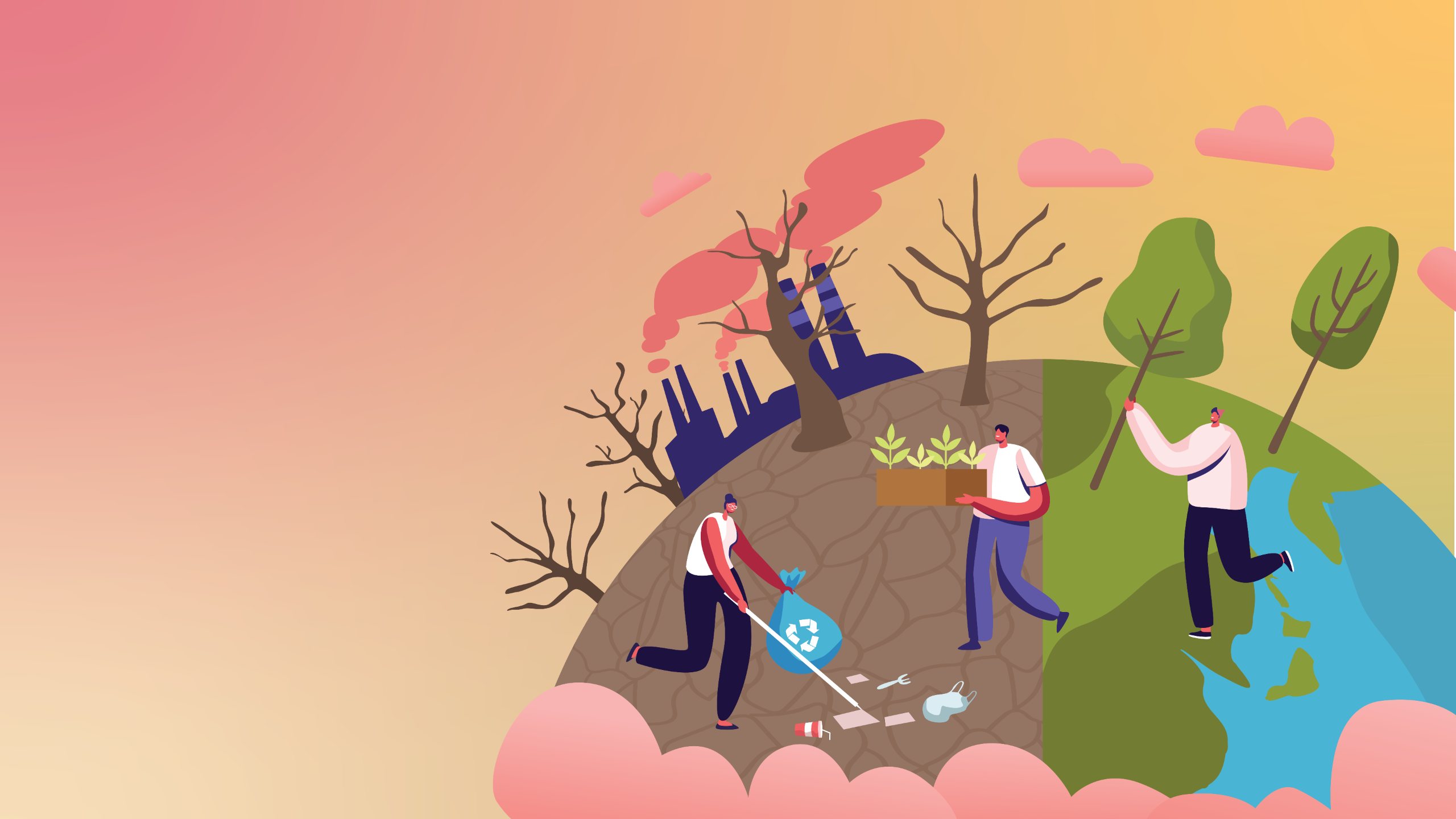
12 myths about recycling, now explained
For many people, recycling is as trivial as washing the dishes or drinking a cup of coffee. For others, there are still many doubts about how packaging should be sorted and how important it is. Let’s clear up some of the most widespread myths about recycling.
“Do you recycle?”
As night falls over the city, the lights come on in the windows of the various neighbouring buildings. One of them shows the kitchen of a flat, where a group of friends catch up and prepare dinner. Several empty packages of tomato pulp and mushrooms – essential ingredients for the bolognese that will soon be on the plate – cover the counter. To speed up the cleaning process, one of the guests volunteers to put them in the rubbish bin and asks the hosts a question that leaves the group silent: ‘Do you recycle?’.
With the information that is available to society about the importance of recycling and how it should be done, an affirmative answer to such question would be obvious. But the truth is that there are still many doubts, and disposing of packaging in the wrong way can prevent the reuse of materials and contribute to more rubbish – which was avoidable.
We’ve put together 12 myths about recycling. Let’s clear them up.
12 myths about recycling
-
It’s necessary to wash the packages before putting them in the recycling bin.
If you usually clean and wash the packages before putting them in the recycling bin, you don’t have to. In the sorting centres where the waste is sent, there is equipment with a washing system that removes traces of grease, food or other residues, such as labels. Doing this can be an unnecessary waste of water at home.
What is recommended is that the packaging be emptied and flattened. Optimising the space in the recycling bin allows more waste to be sent for recovery at once, which will reduce the costs and emissions associated with transporting it.
-
Caps and lids should be placed in the recycling bin separately from their package.
In order to dispose of caps and lids correctly, their characteristics must be taken into account. Small lids, 5 cm or less, such as lids from drinks like liquid yoghurt, milk or juice, should be recycled together with their packaging – after flattening the packaging, you should put the lid back on and dispose of the whole package in the appropriate recycling bin. Lids that are larger than 5 cm – for example, metal lids that seal glass jars – should be separated and placed individually in their respective recycling bin. Most packages have an iconography which indicates where the packaging and its lid should be placed.
-
The packaging made out from different materials can’t be recycled.
Nowadays, packaging is developed and designed so that it uses as few materials as possible – not only does this prevent the emission of more waste and therefore more greenhouse gases, but it also makes recycling easier. This practice is called ecodesign. However, if you come across packaging that is made up of two types of material and is not labelled for disposal – for example, bread bags made up of paper and plastic – you should separate the different types of material and place them in the corresponding recycling bin or place the packaging in the recycling bin corresponding to the predominant material – in sorting centres, the equipment does this.
-
If the rubbish is sent to a place where it is sorted, I don’t need to sort it in the recycling bins.
The rubbish placed in the recycling bins is sent to treatment centres where it is sorted more thoroughly. Nevertheless, the process is eased if the waste arrives at these centres already separated. Furthermore, if all the rubbish was put in the same bag, recycling would not be possible for two reasons. The first is that this careful separation does not apply to common rubbish, but only to the materials that can be recycled; secondly, the materials that can be recycled would get contaminated with dirt and other waste.
-
Batteries, electrical appliances, cooking oil and coffee capsules don’t have their own recycling bins.
All these materials can – and should – be recycled, and each has its own recycling bin.
Batteries contain raw materials such as steel and nickel, which can be used to produce new metals. Electrical equipment, such as light bulbs and household appliances, are ‘cleaned’ of dangerous or harmful components, broken down and can be incorporated into new products.
Coffee capsules and grounds can be reused as fertiliser, for example. Used cooking oil can also be turned into soap or incorporated into biodiesel, instead of being sent to landfill sites.
-
All paper and cardboard can be recycled, even if it is dirty.
After the last slice of pizza, it’s time to put the box in the bin. As it’s made from cardboard, it can be recycled, right? Not really. All paper or cardboard that are soiled with grease or other organic elements cannot be put in the recycling bin. We are talking about boxes, napkins, toilet paper, tissues, paper plates, nappies or sticker paper that can contaminate other packaging in the recycling bins, making it impossible to recycle.
Pizza boxes and other soiled paper or cardboard materials should be put in the regular rubbish bin. You can also separate the dirty parts of the packaging and put only the clean part in the appropriate recycling bin. The greaseproof paper used to line a baking tray before it goes into the oven, for example, is also not recyclable.
-
The takeaway boxes are not recyclable.
It depends. If the packaging is plastic or aluminium, it can be recycled even if it’s dirty and should be placed in the recycling bin. The same doesn’t apply to paper or cardboard takeaway boxes, as grease, dirt and food waste make it impossible to recycle these materials.
-
The milk packages should be put in the paper and cardboard recycling bin.
Packaging such as those for milk, juice or cream are made of plastic-coated cardboard, which means it should be placed in the recycling bin meant for plastic. For example, the same goes for the plastic-coated paper lids of takeaway containers.
-
Hangers and styrofoam are unsorted rubbish.
Plastic or metal hangers, whether whole or broken, are recyclable and should be placed in the recycling bin meant for plastic. The same goes for styrofoam. Materials such as plastic buckets or toothbrushes cannot be placed in the yellow recycling bin.
-
Only glass bottles can go to the recycling bin meant for glass.
In addition to bottles, there are many other types of glass packaging that can be recycled. This is the case with varnish, perfume or deodorant bottles, as well as jam or bean jars. On the other hand, plates, glasses, glass trays, light bulbs and window panes cannot go in this recycling bin.
-
Even though I sort my waste, the collection lorry mixes all the rubbish together.
It may seem that when the lorry collects the rubbish, all the waste gets mixed up inside. The reality is that there are compartments inside the lorries that allow each type of waste to have its place, avoiding mix-ups. When the truck arrives at the sorting centre, it deposits the waste in separate treatment areas.
-
Recycling does not make that much difference.
We end with one of the most common myths about recycling. Recycling is important to preserve the planet’s natural resources and to promote the economy. Waste treatment employs thousands of people and separating unsorted waste from recyclable waste reduces the amount of waste going to landfill or polluting natural habitats. By sorting waste correctly into each recycling bin, you are helping to reduce greenhouse gas emissions and protect biodiversity. Recycling also prevents the extraction of more natural resources that go into the production of new products or packaging.



